One of the latest trends in the design of rooms – the use of different colors on the walls. This technique allows you to diversify the design, emphasize the attention on some part of the room. To correct the shortcomings of the layout use different patterns in the same color scheme. All these techniques work perfectly with wallpaper: they have different textures, colors, patterns. And the result can be evaluated in advance – rolling two rolls next to each other on the wall. That’s why wallpapering two types of wallpaper is increasingly popular: it is modern and gives the opportunity to make the room interesting.
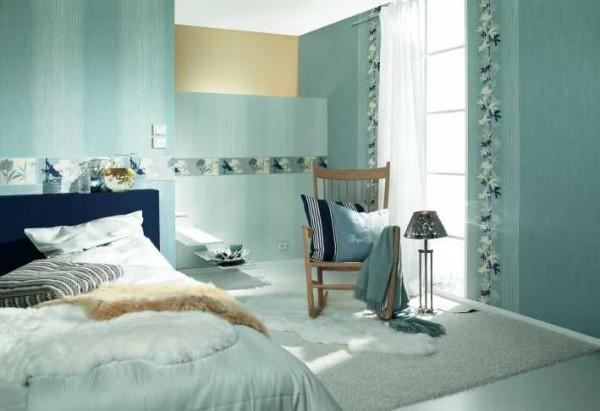
Conținutul articolului
Rules for combining wallpaper and textures
In such a case as decoration without rules can not do without rules, and especially when combining colors, patterns and textures. To glue wallpaper of two types looked harmonious, you need to take into account a number of parameters.
Ceiling height
It is this characteristic of the room dictates the choice of type of pattern, and also determines in many ways the texture and color. If the height of the ceiling is less than 2.5 m, use wallpaper light colors, without rough texture, with a small pattern. If the ceilings are very low, to rectify the situation can be a combination of light background with a vaguely pronounced texture or pattern, vertical stripes (pattern, or just a cloth of a different color), which can be located on one wall, but it is better to distribute them on two, or even three.
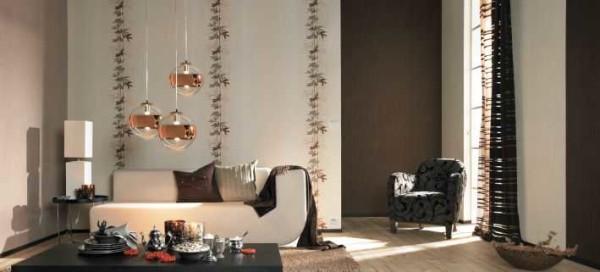
High ceilings – from 3 meters and above – require a radically different approach. Here, on the contrary, a large pattern is needed, stretched in width. You can use a horizontal division of walls using different colors in the upper and lower half (see details below). To make this design look modern – it is a classic technique after all – you need to try very hard with the choice of colors and/or patterns.
Room dimensions
In addition to height and width, we pay attention to geometry. First of all, the area. If the room is large, you can use more saturated or darker shades. This will visually reduce the size. If monochrome dark walls do not please you – find a dark tone wallpaper with a light large pattern. As a rule, these are plant motifs, there is abstraction or geometry.
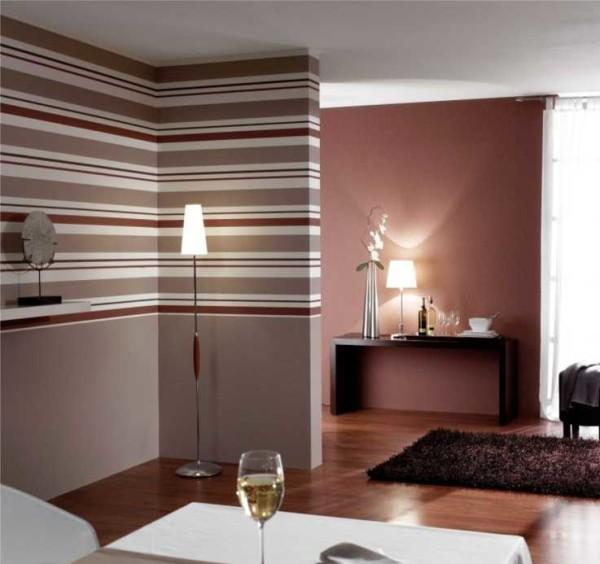
In small rooms it is the opposite: use light colors. If with texture, then not large, the pattern – small, not very pronounced.
Secondly, pay attention not to geometry. If the room is long and narrow. In this case, the situation will be saved just gluing wallpaper of two types: on short walls glue lighter, and their part “goes” around the corner. Thus visually geometry is equalized.
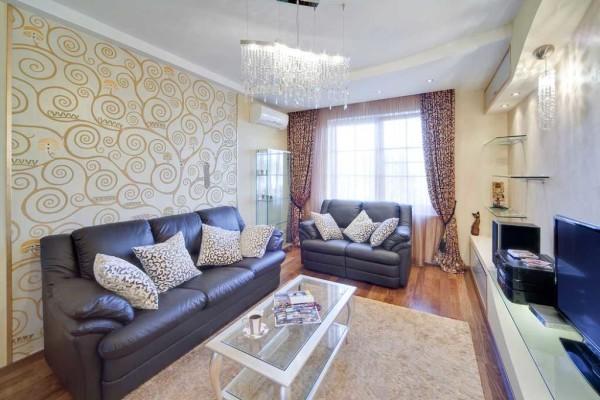
There is also a technique that is used if the entrance to a narrow room is on one of the long sides. Then it is worth highlighting a different color in the middle of the opposite wall, the corners of pasting the same wallpaper, which are designed on the short ones. The perception of the room will change significantly: it will no longer seem so long.
Choice of texture
In general, gluing wallpaper of two types requires careful selection of texture and thickness of the cloths. When combining it is desirable to use the same type of cloths. If the docking occurs only in the corners, then you can pay little attention to the thickness and texture: all the same do not particularly consider in such a place. But if the connection of cloths on a flat wall, the difference in thickness will only emphasize the transition. It looks, as a rule, too exaggerated.
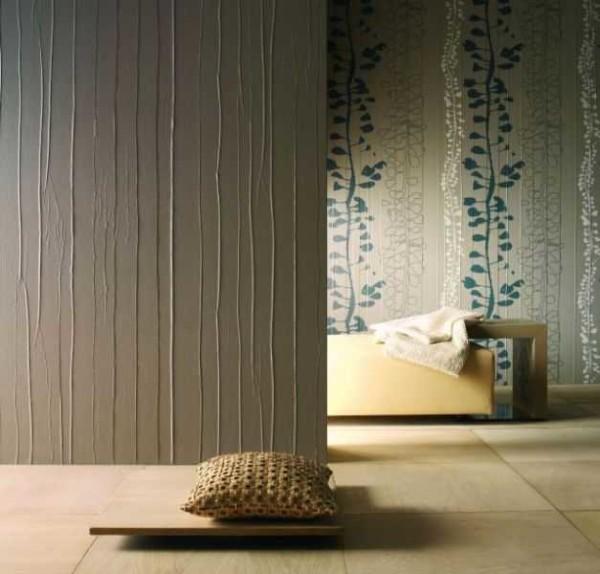
Another point. If you do decide to glue the cloths of different types, you need to use the appropriate glue for them. For example, for wallpaper on a fleece base its own – on paper – its own. The same applies to the coating – for vinyl and structured fabrics – its own type, for acrylic – another. Don’t want to mess around? Buy a universal one. There are such compositions.
Light or dark
If the room is too light, or the interior turned out too monotonous, it is not necessary to use dark wallpaper on all walls. You can wallpaper the wall opposite the window with dark, the rest let them be light. As a result, the room will not be very light, and you get rid of the pressurized atmosphere that dark walls create.
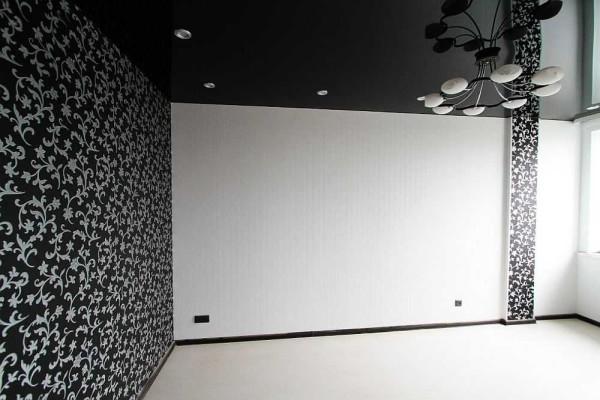
This technique works the other way around: to brighten up the room it is enough to glue light-colored cloths on the wall opposite the window. It will become much brighter.
How to combine
There are several techniques for gluing wallpaper of two types, which can be used “pure” or combined two or three at a time. It’s important to have a good idea of what you want to achieve.
Vertical Combination
Probably everyone knows that vertical stripes give a visual increase in ceiling height. And the stripes do not necessarily have to be regular. In a modern interpretation on one wall can be wallpaper in stripes, and the rest – smoothly colored or with a dim, slightly noticeable pattern.
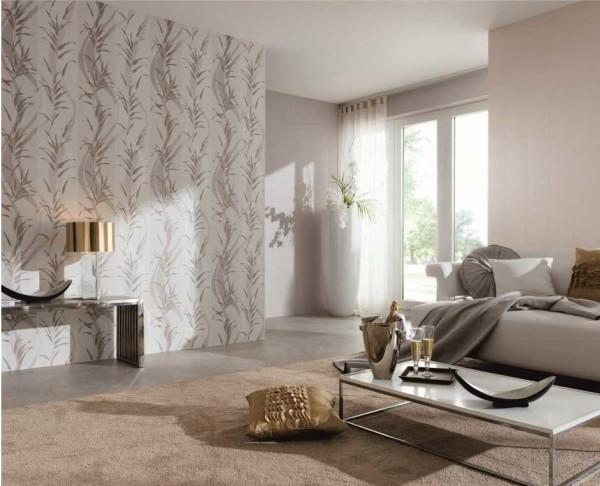
But this is not always the case. You can distribute vertical stripes on different walls. And they can be regular – repeated at regular intervals. As you can see in the photo, the interval on different walls can be different.
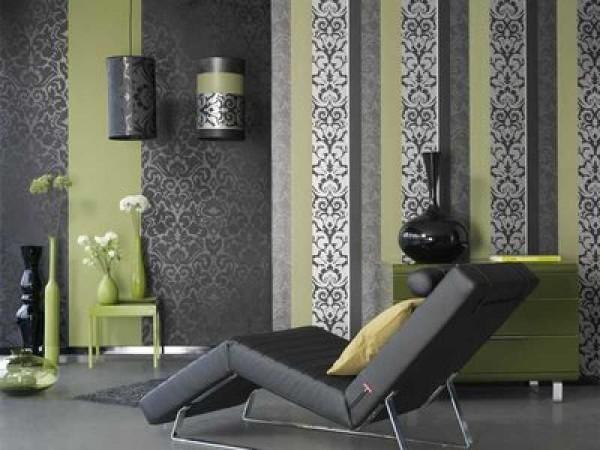
Stripes can be different – in color or pattern. The texture of this combination of wallpaper should be the same, otherwise you will get an incomprehensible mishmash. For such a combination is easiest to work with one collection. The fact is that most campaigns produce several drawings that combine with each other. As a rule, they are in several scales. In one collection there are two or three monochrome backgrounds and several variants with drawings.
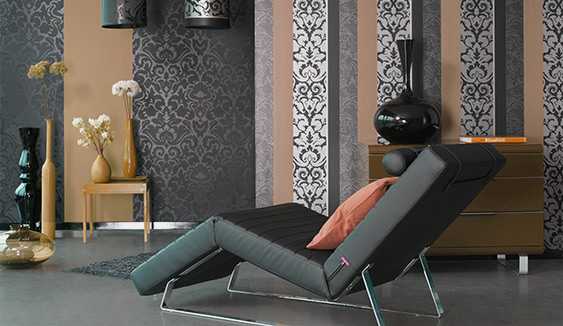
You can see an example of using three wallpapers from the same collection in the photo below and above. The combination is almost perfect – they were tested many times for compatibility before going into production. By the way, in most of the other photos, the wallpapers are also combined from the same collection. It’s just that different textures are very difficult to combine normally.
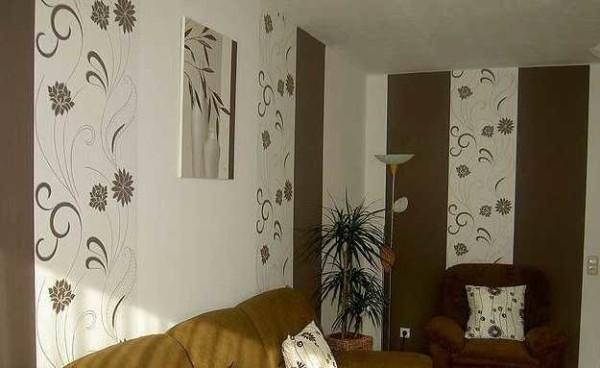
When combining vertically, there is still an interesting technique that allows you to make the ceiling higher. One of the strips “goes” to the ceiling. In this case, the boundary of the transition is blurred, which gives a sense of greater volume.
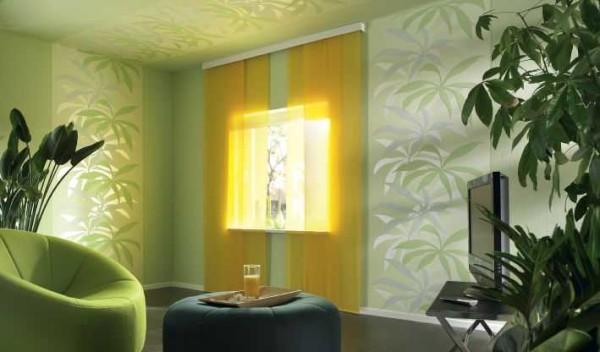
To the principle of the arrangement of the strips was a little clearer, we will give a few options in a graphic image. The drawings are made as when viewed from above.
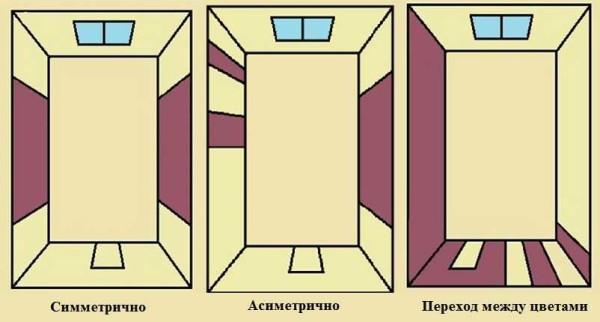
These are win-win options, which, when choosing canvases from the same collection, will “play” always. If you need a guarantee that gluing wallpaper of two kinds will be spectacular – use one of these schemes. Such a design of walls when tested thousands of times, and every time the result is excellent.
Horizontal division
A technique that can be attributed to the classics of design. It is used for a long time, but with the current abundance of colors and textures got a whole new sound. This technique is more often used in rooms with a small area, but high ceilings. To remove the effect of the “well” and helps horizontal division of the room. It can be just a horizontal strip that girdles the room. Often it is tied to the height of the window sills, and in general is carried out when dividing the plane into three parts and can be in the lower or upper third.
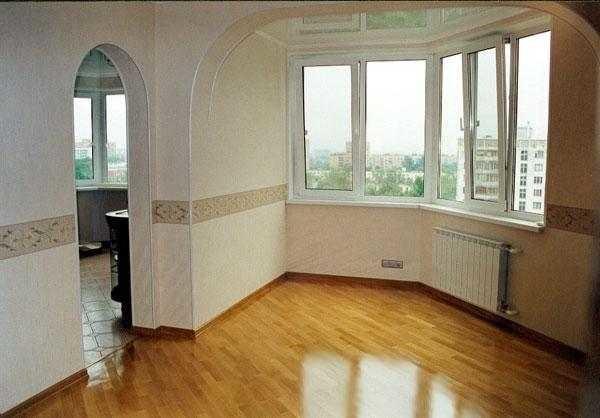
This rule is often violated: sometimes the strip is made at eye level and at this level hang some decorative elements. It often looks very good. This technique is often found in the design of corridors and hallways.
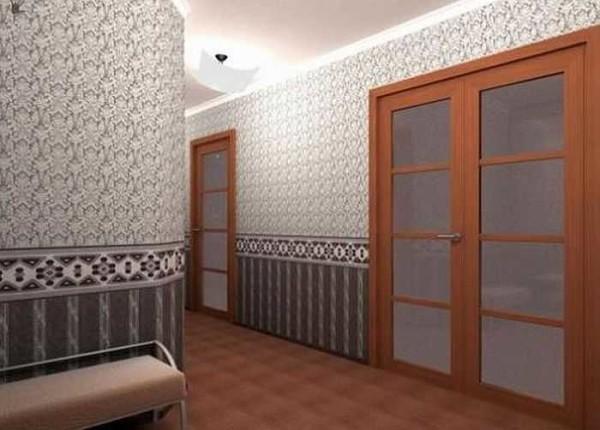
The division zone can also be at the top. Traditionally, the lower part is decorated in darker colors, the upper part – lighter. But this rule is also broken. An example – in the photo below.
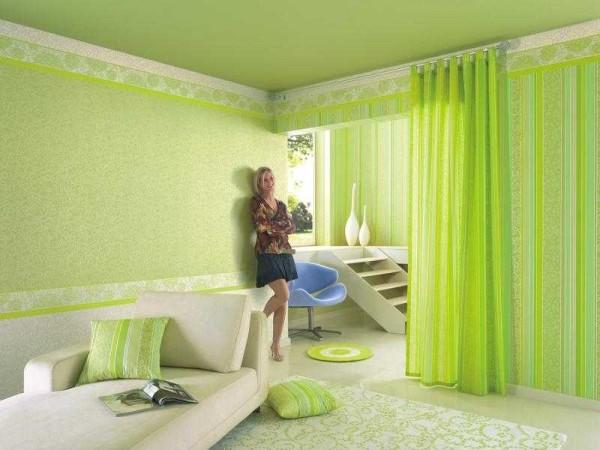
Traditional options for combining wallpaper-companions of two types in the horizontal division:
- bottom (1/3) – wallpaper in stripes. top – smoothly colored or in a small pattern;
- bottom 1/3 – in a small pattern, top – large monograms or monochrome;
- 2/3 at the bottom – large pattern – up monochrome.
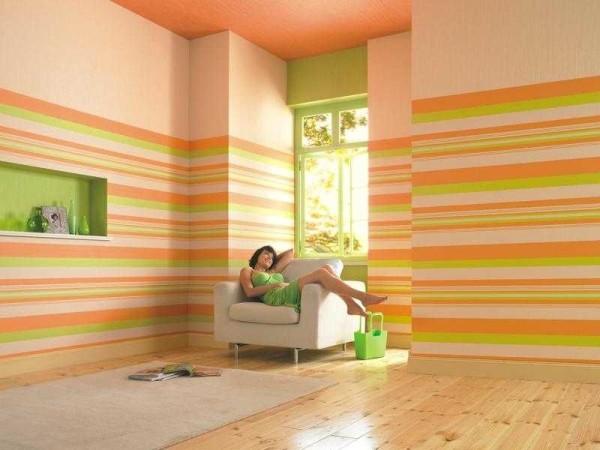
Zonarea
Wallpaper of different colors in one room are used in the case where it is necessary to emphasize zoning. For example, in studio apartments, this method divides the different functional zones: dining and recreation.
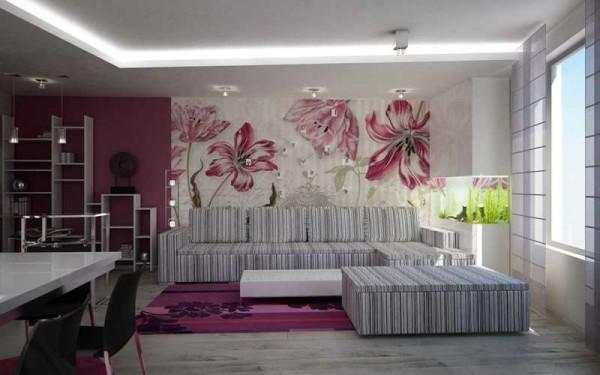
The same principle can be applied in the nursery. In this case, pasting wallpaper of two types serves to divide the game part, bed, table. Also do if there are two children in the nursery. Only this is possible if there is no competition between them, otherwise the number of conflict situations can increase.
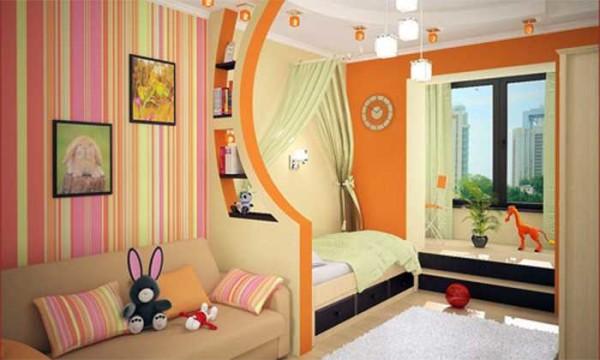
Here with this combination is allowed to use different textures. But their separation by moldings is used very rarely. Try or dock in the corners, or pick up wallpaper so that the place of connection does not look defiant.
Panel or decorative inserts
Different wallpaper in one room glued long ago, only once they were made of fabric, and decorated them in “frames” as they cost very expensive and were available only to the upper class. That’s from those times still believed: gluing wallpaper of two types in the form of panels. And today it is decorated classic interiors, using for the insertion of silk-screen, embossed or textured variants.
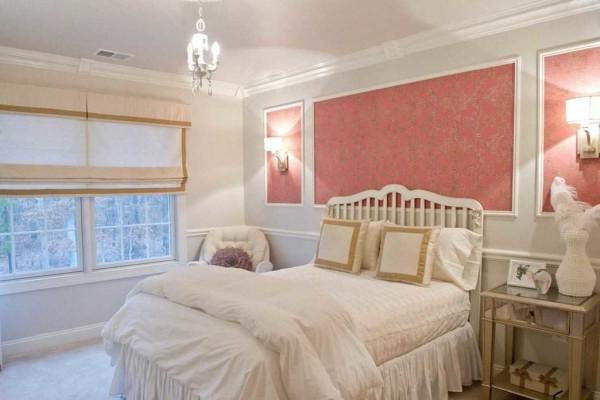
If the style allows, elements of another color are framed in a frame of moldings. This version of the execution fits perfectly into classic interiors or in the style of Provence, country.
Such a panel is possible in more modern styles – modern, for example. But then the frame can be made of a border of the same color – from the same collection, or cut from the “body” of wallpaper.
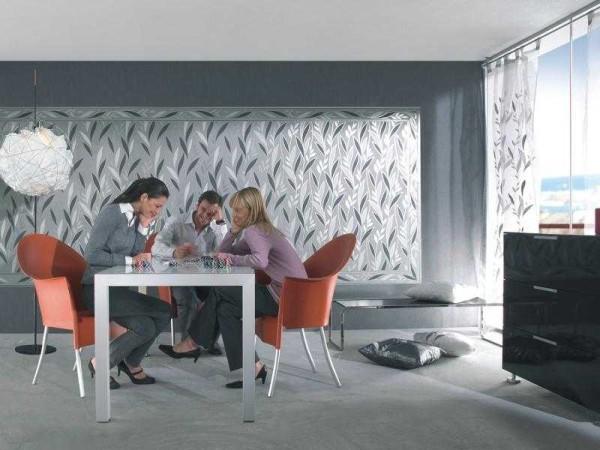
Another option is to paste in a niche. In this case, the pattern and texture is selected by stylistics, as well as under another design.
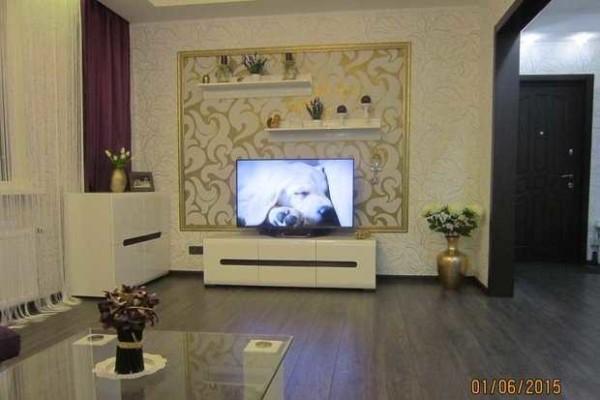
And in this case, it is best to use wallpaper from one collection. A professional decorator will pick them up by experience or using flair, but in amateurs, it may not work out. If you do not want to take risks, use one collection.
Color accents
There are two principles of applying this technique. The first is to draw attention away from some element that you consider unsightly. For example, uneven walls. In some apartments, they can be beveled. To the eye for this fact does not cling, the opposite wall is highlighted by wallpaper of a different color, with a pattern or without. It is important that they attract attention.
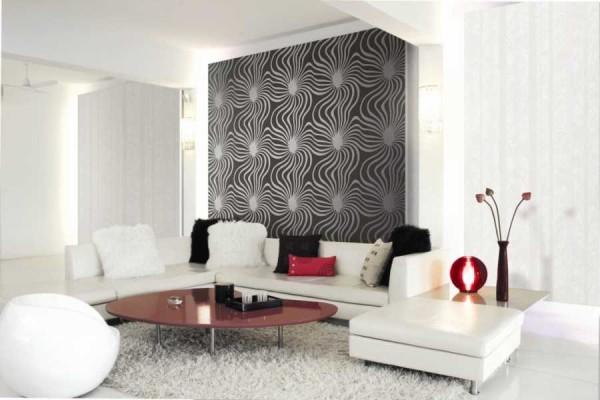
The second technique – pasting wallpaper of two types to draw attention to some object in the interior. In bedrooms it is often either the bed, or the wall opposite. Here who wants to emphasize what (about the choice of wallpaper in the bedroom read here). In kitchens, often allocate a table – thus forming a dining area. This is partly zoning, partly an accent. All the same, the attention is still diverted from the kitchen area.
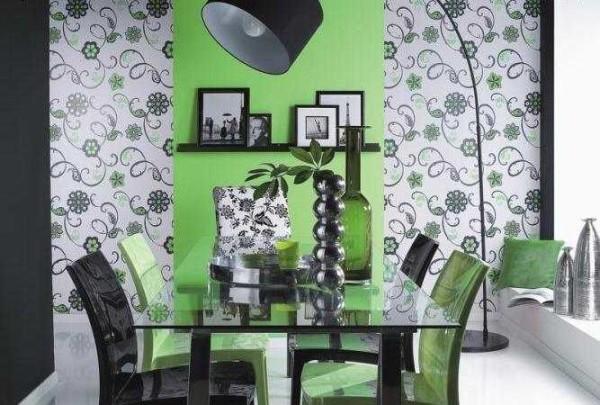
Actually the accent can be not only vertically directed strip, although this option is more common: our rooms do not sin high ceilings, so any means are good. In a high room, the accent can be a wide horizontal strip – or some part of the wall, as in the photo below.
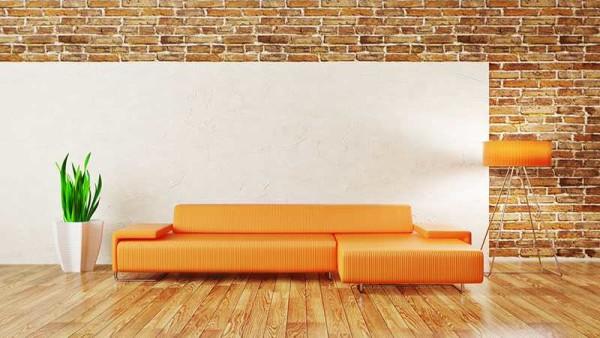
In some rooms there are protrusions of load-bearing walls or niches. Often they try to camouflage them. It is not necessary to do this. Highlighting this area with wallpaper of a different color, it can be turned into an architectural highlight, which will give individuality to the room.
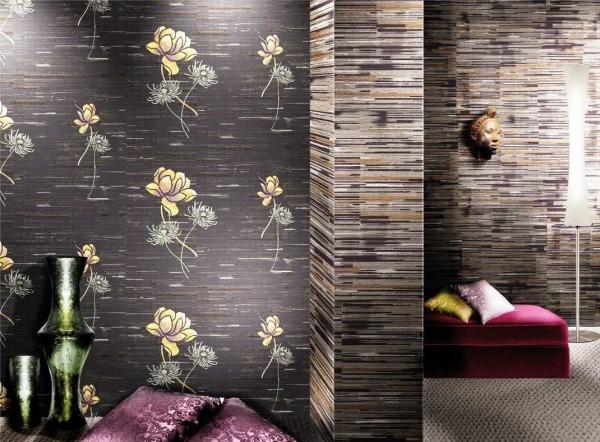
In general, the options of how to glue wallpaper of different colors in one room are endless. Choose what you like more, and for more ideas, below there is a whole section with different photos.
Gluing wallpaper of two kinds: photo ideas
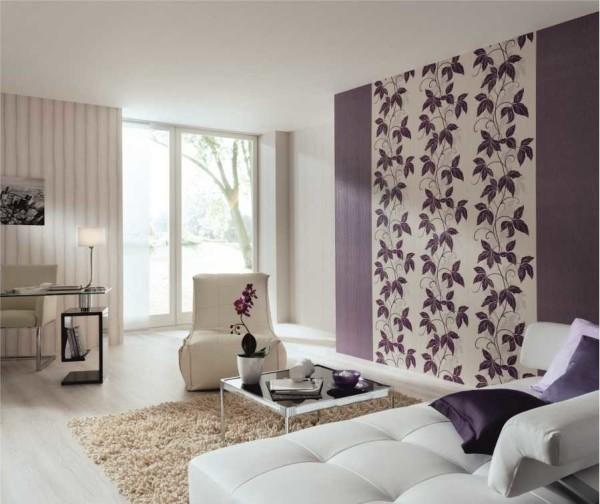
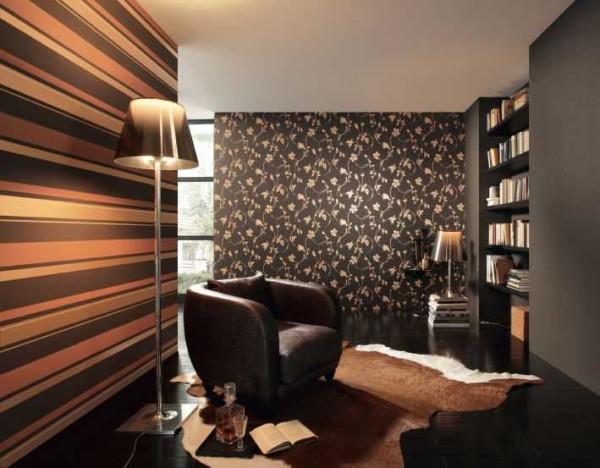
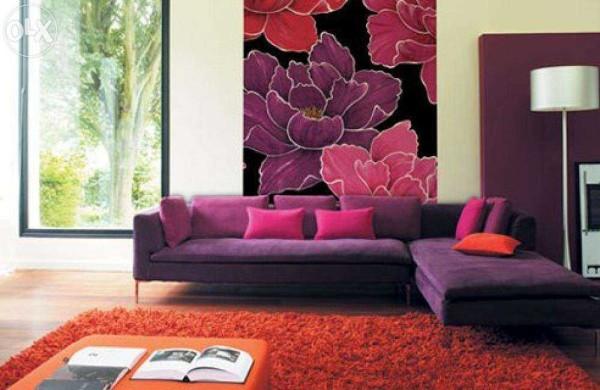
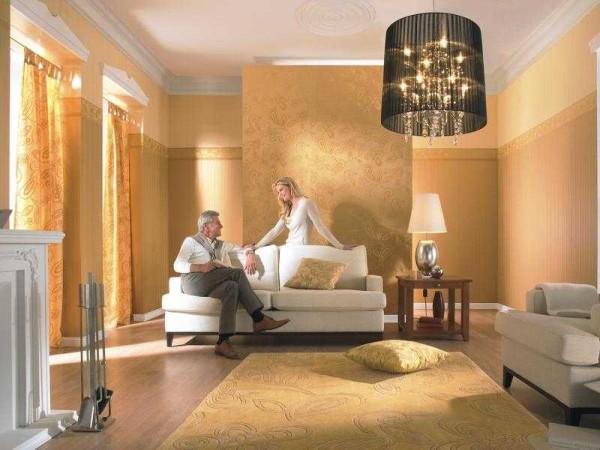
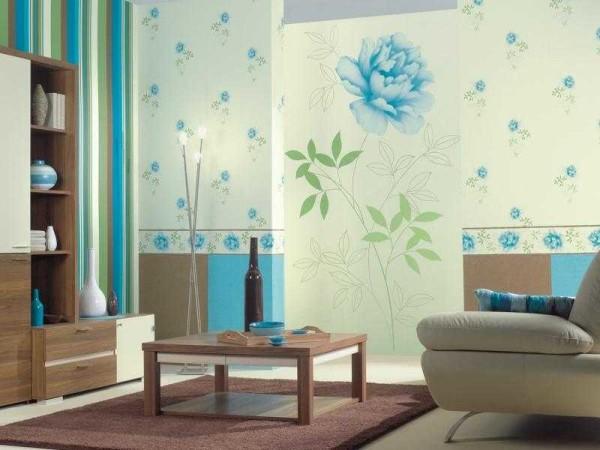
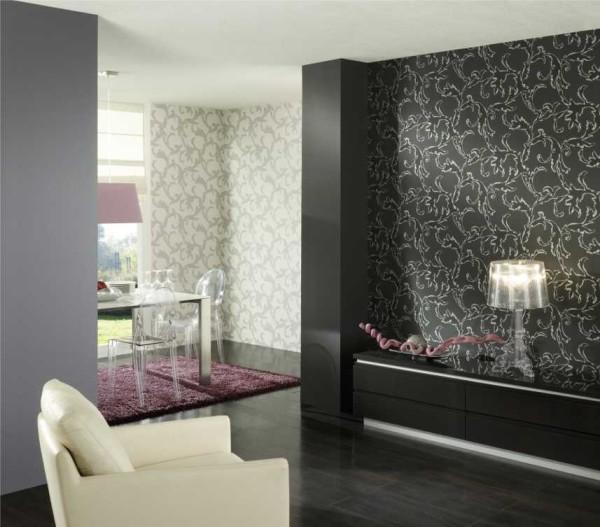
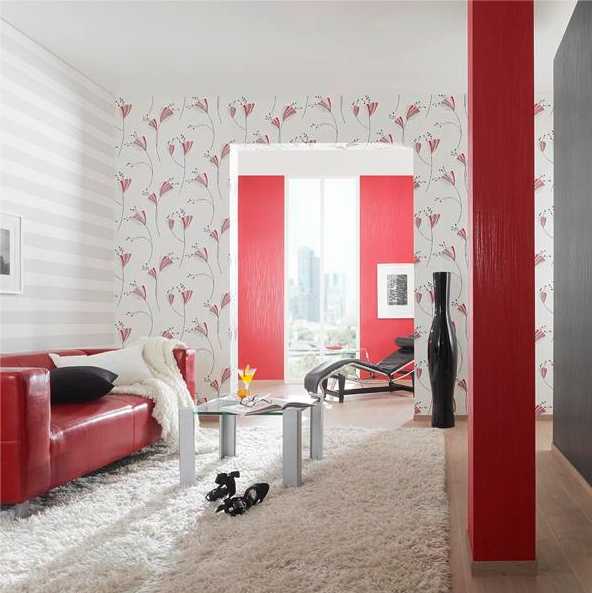
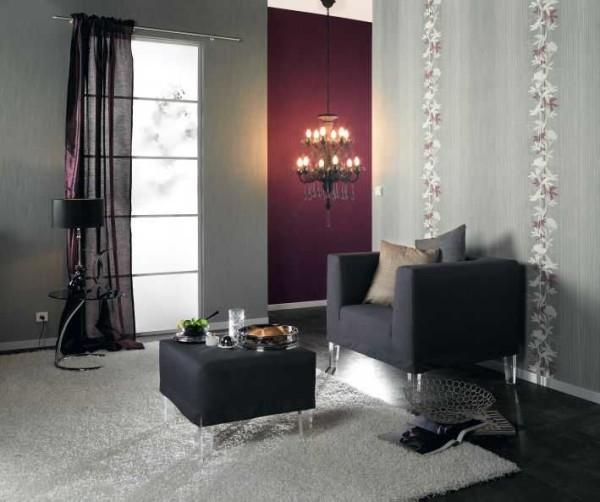
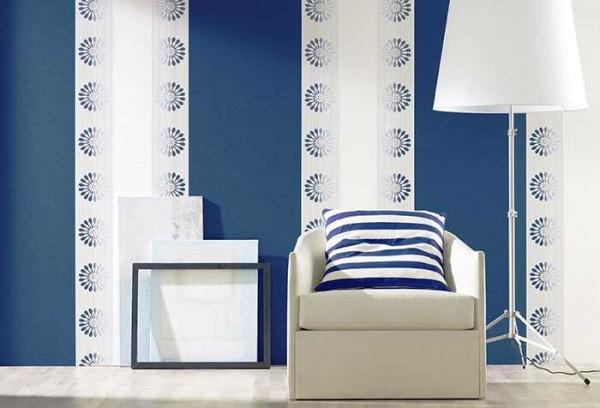
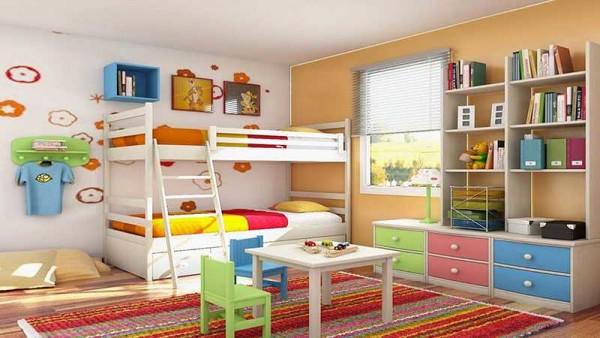
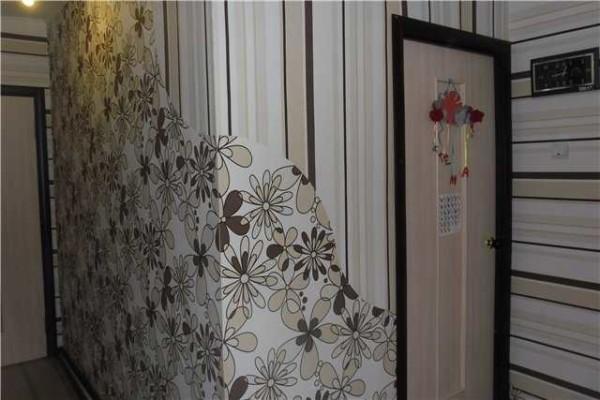
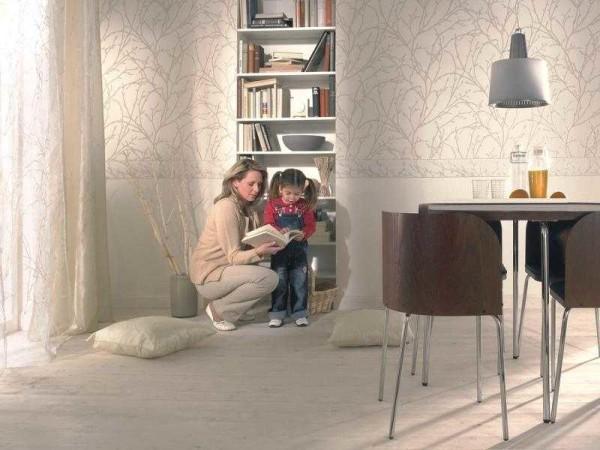
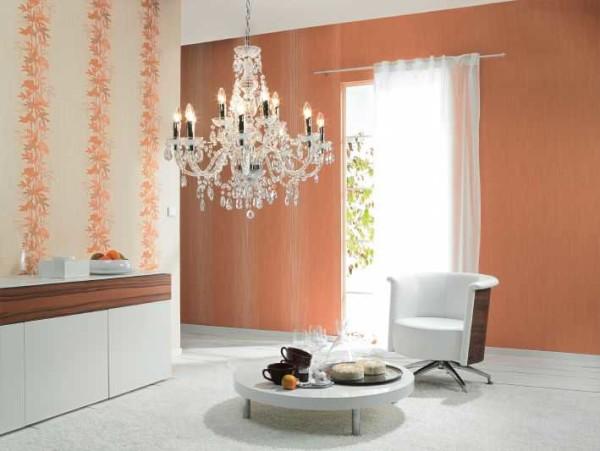
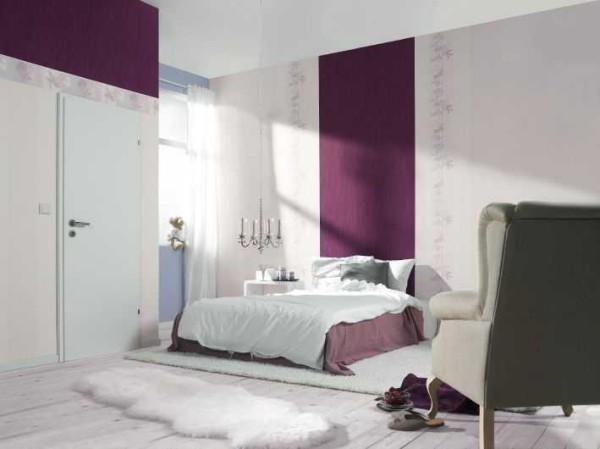
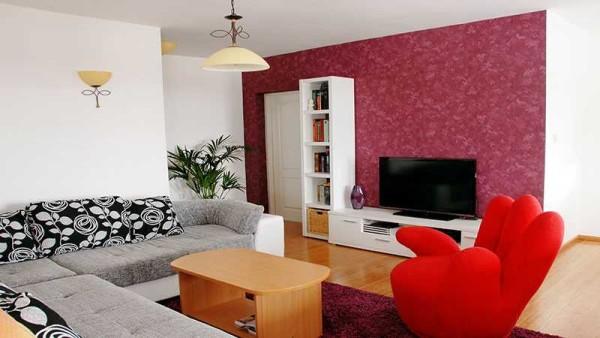

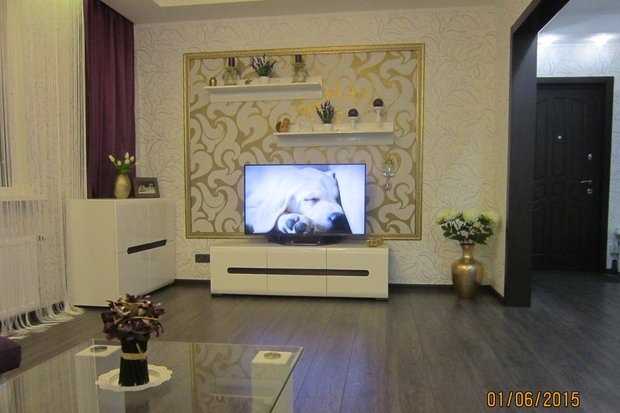
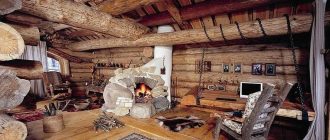
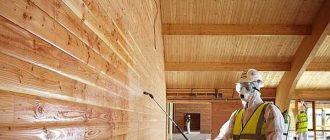
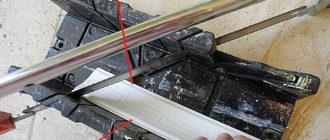
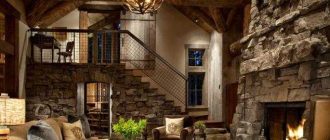
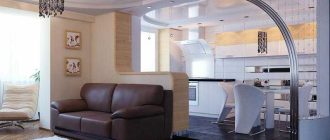
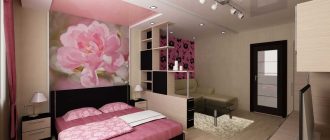
Combining wallpapers is like mixing flavors – get it right, and you’ll wow everyone! I tried it with a floral and striped design, and it totally transformed my room. Just use a strong adhesive and make sure to match the patterns. Trust me, it’s worth the effort!